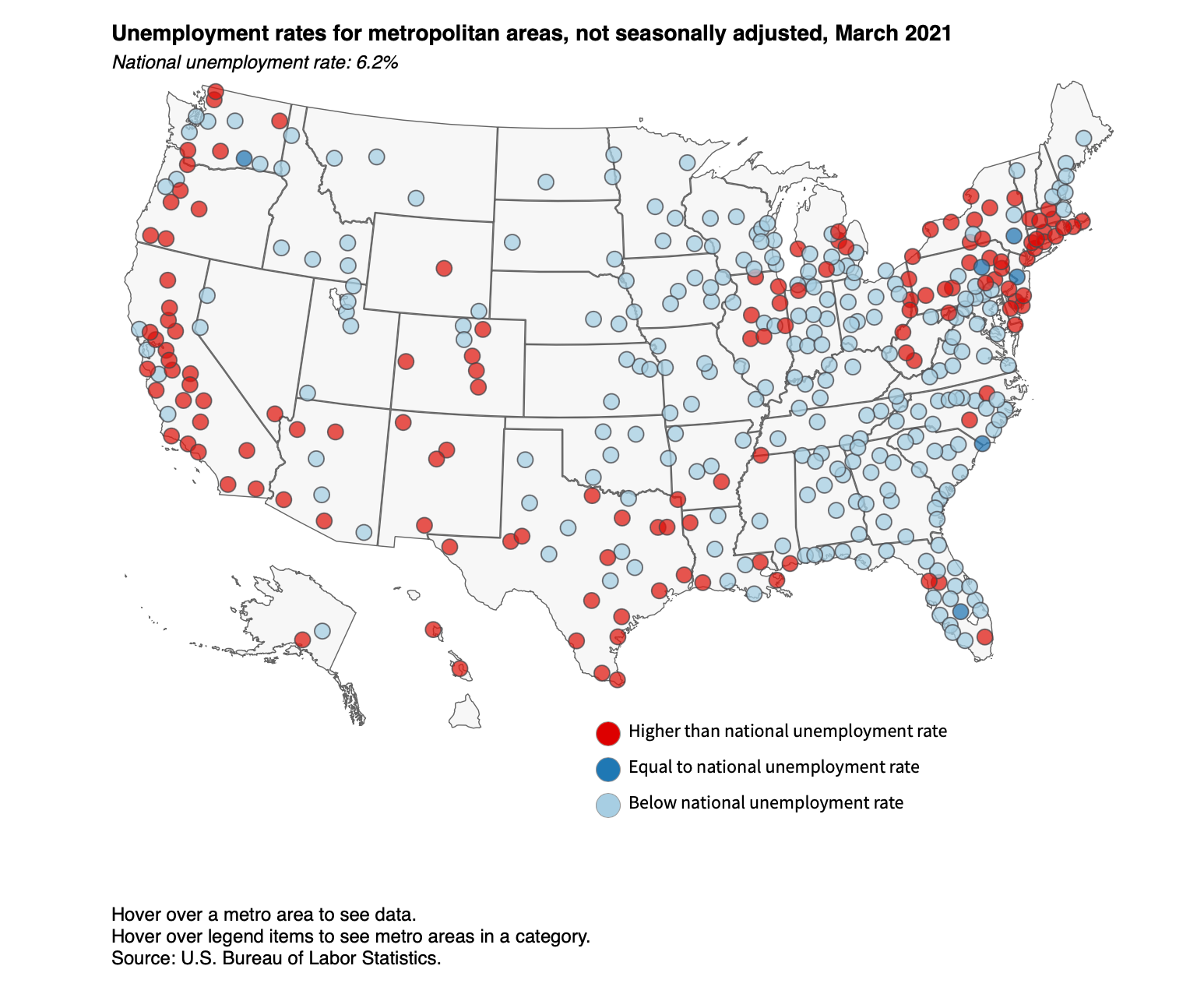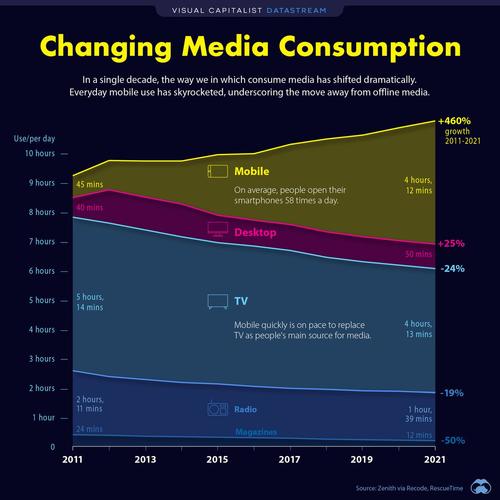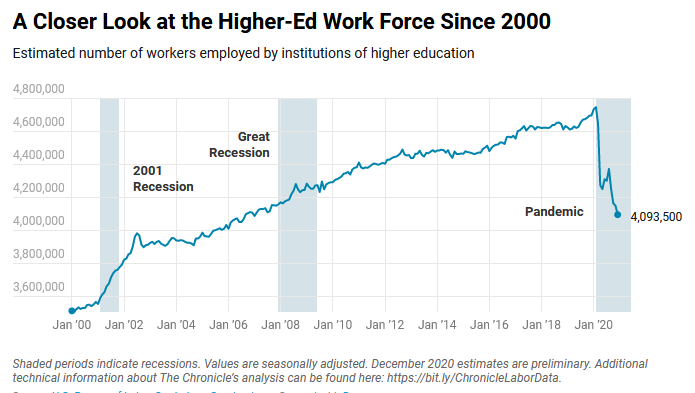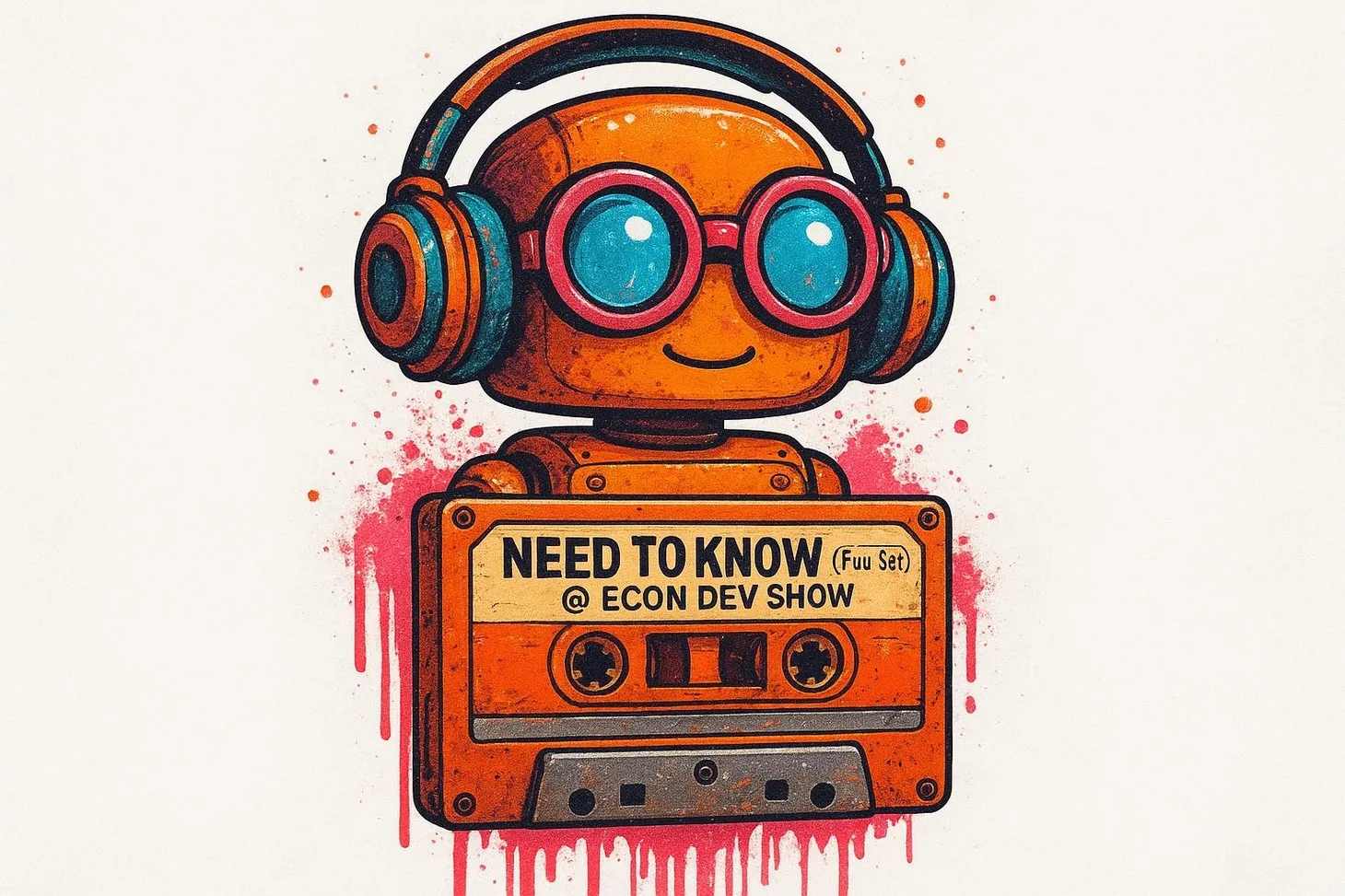Assorted Links Tuesday
The economy is (almost) back, but It is looking different than it used to, and so much more.

Table of Contents
What I'm reading: Let’s Talk: Make Effective Feedback Your Superpower. Excellent. I read an interview with the author, ordered it immediately, started reading it, and am already recommending it to people a few chapters in.
245 metro areas had unemployment rates below 6.2 percent u.s. rate in march 2021.

How media consumption has changed over the last decade.

How policymakers can improve housing affordability.
One benefit of Biden's capital gains tax hike: fewer mergers
From the National Bureau of Economic Research: why working from home will stick:
COVID-19 drove a mass social experiment in working from home (WFH). We survey more than 30,000 Americans over multiple waves to investigate whether WFH will stick, and why. Our data say that 20 percent of full workdays will be supplied from home after the pandemic ends, compared with just 5 percent before. We develop evidence on five reasons for this large shift: better-than-expected WFH experiences, new investments in physical and human capital that enable WFH, greatly diminished stigma associated with WFH, lingering concerns about crowds and contagion risks, and a pandemic-driven surge in technological innovations that support WFH. We also use our survey data to project three consequences: First, employees will enjoy large benefits from greater remote work, especially those with higher earnings. Second, the shift to WFH will directly reduce spending in major city centers by at least 5-10 percent relative to the pre-pandemic situation. Third, our data on employer plans and the relative productivity of WFH imply a 5 percent productivity boost in the post-pandemic economy due to re-optimized working arrangements. Only one-fifth of this productivity gain will show up in conventional productivity measures, because they do not capture the time savings from less commuting.
Astonishing job losses in American higher education: Colleges & universities have cut 650,000 jobs, a 13% workforce reduction, since February 2020.

The economy is (almost) back. It is looking different than it used to.
Spending on cars and trucks is 15.1 percent higher than it would have been on the 2019 trajectory; spending on furnishings and durable household equipment is 16.6 percent higher; and spending on recreational goods is a whopping 26 percent higher.
Econ Dev Show Newsletter
Join the newsletter to receive the latest updates in your inbox.


